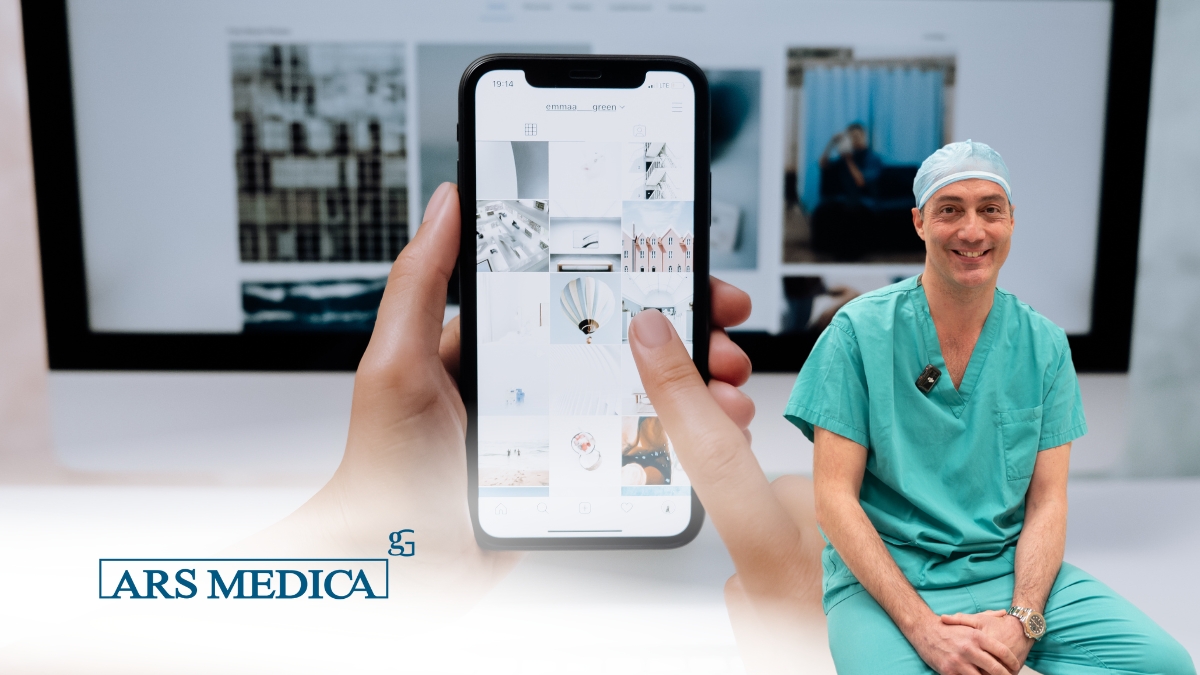
Articolo del 10/07/2025
In today’s digital age, the use of devices like computers, tablets, and smartphones has become an everyday norm. However, excessive use of these tools can lead to inflammatory conditions affecting the tendons in the hand and wrist.
What are smartphone-related tendinitis, and what is the best way to treat them?
We explore this topic with Professor Matteo Guzzini, Associate Professor of Musculoskeletal Disorders, Orthopedic Surgeon, and expert in hand surgery and reconstructive microsurgery at Ars Medica.
The most common conditions include:
-
De Quervain’s Disease, which is particularly frequent among people who work extensively with a mouse, such as office workers. This condition is caused by inflammation of two tendons—the abductor pollicis longus and the extensor pollicis brevis. When these tendons become inflamed as they pass through the first dorsal compartment retinaculum, friction occurs between the tendons and the retinaculum, causing significant pain.
-
Stenosing Tenosynovitis of the Flexor Tendons, another overuse injury often linked to excessive smartphone use. This condition commonly manifests as “trigger finger.” It is an inflammatory disorder affecting the flexor tendons of the fingers and thumb. The problem originates from friction between the flexor tendons and the A1 pulley, a fibrous band that holds these tendons close to the bones as they glide through.
What exactly is trigger finger?
This inflammation and friction cause intense pain and lead to the characteristic “triggering” motion. The finger snaps or locks when bending and straightening because the swollen tendons form a nodule that cannot smoothly pass through the pulley, resulting in a catching or snapping sensation during finger movement.
Smartphone Tendinitis: What Are the Treatments for These Conditions?
These conditions are extremely painful and require prompt care. In the early stages, treatment typically involves anti-inflammatory therapy, immobilization, or appropriate physical therapy.
For advanced stages, surgery is the recommended approach. The procedures are minimally invasive and usually performed on an outpatient basis. The surgery involves releasing the tendons affected by inflammation, which restores full flexion and extension of the fingers, effectively relieving pain.
How Are These Wrist and Hand Conditions Diagnosed?
Diagnosis of these inflammatory tendon conditions is generally clinical; however, not all cases present clear clinical signs. Therefore, instrumental imaging is often necessary. In the vast majority of cases, a high-resolution ultrasound is used. In some instances, a high-field MRI may be required.
Both of these advanced first- and second-level imaging techniques are available at our clinic. They provide comprehensive diagnostic information that ensures accurate identification of the condition. At Ars Medica, with the help of state-of-the-art, high-resolution equipment, we can precisely pinpoint the cause to effectively resolve the problem.









